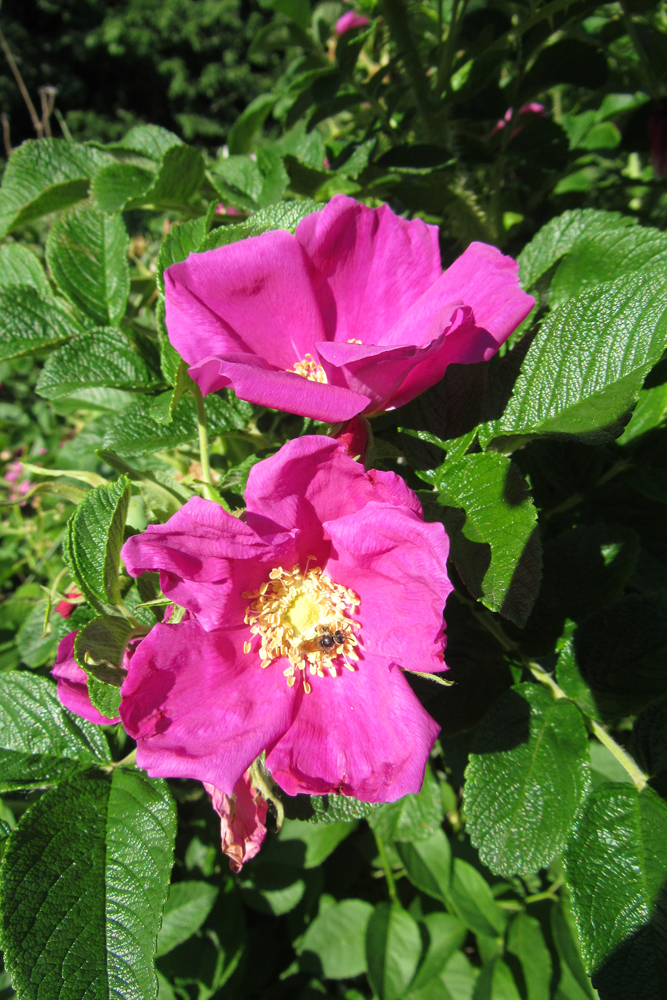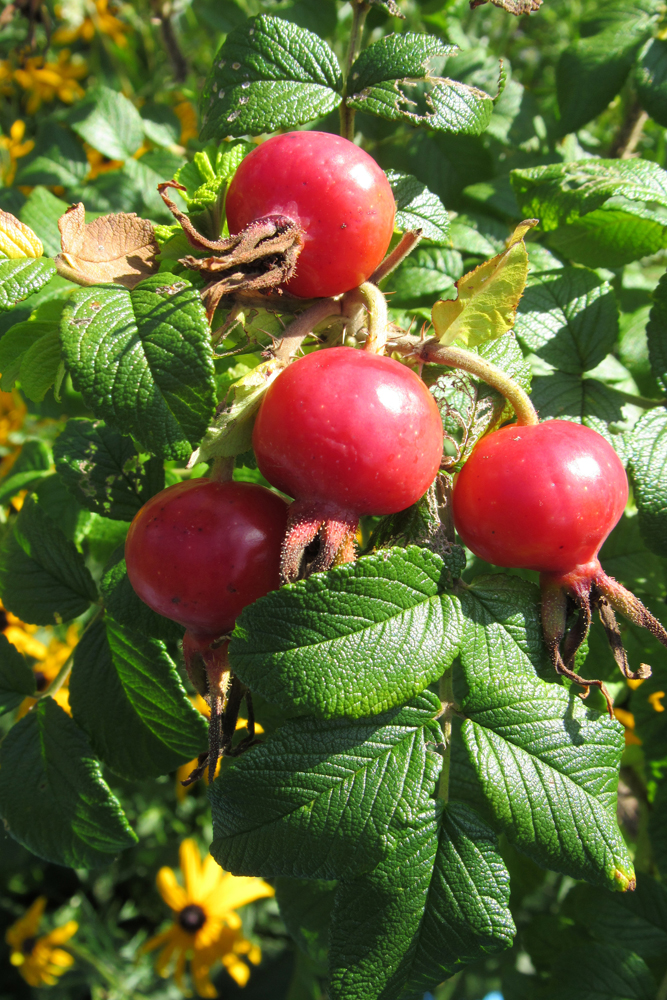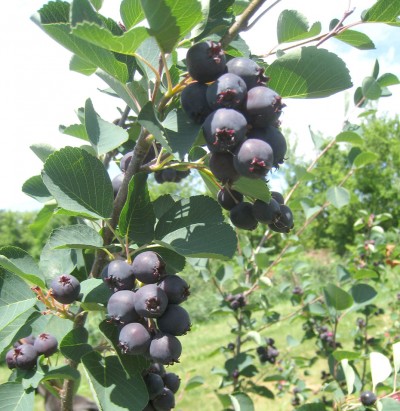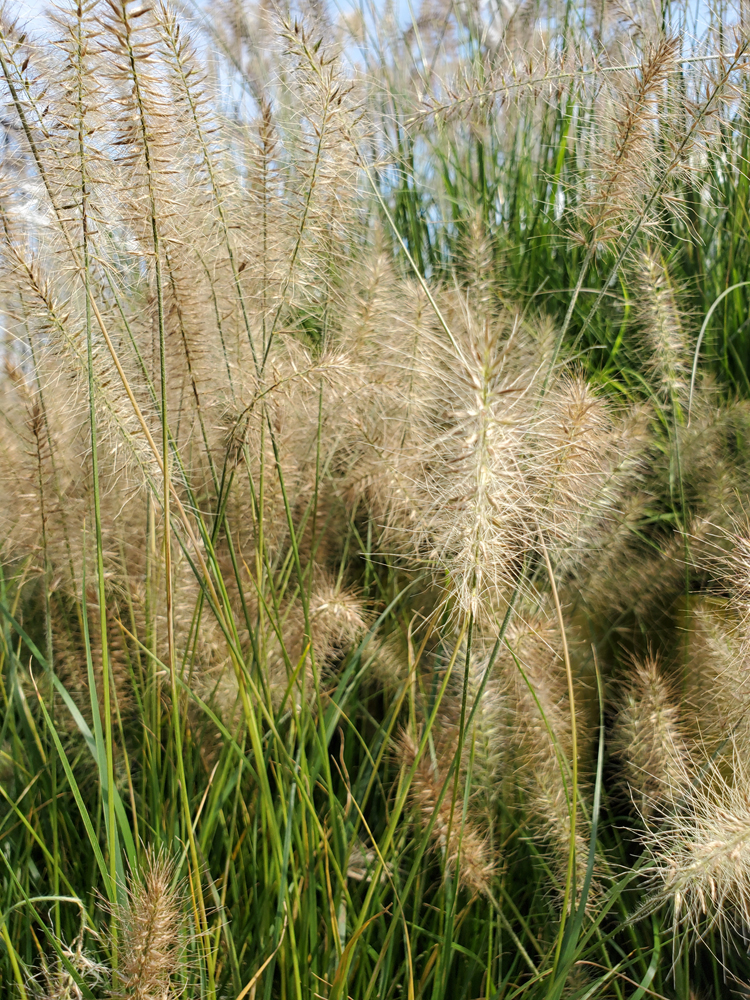Landscape roses

Roses are a popular plant for many gardeners. They are the national flower of the United States and the official flower of New York State. There are challenges to growing beautiful roses in our area, but landscape roses are known for their ease of care, disease and pest resistance, and their ability to withstand frigid winters. Here is information about the various kinds of landscape roses.
Ground cover roses typically are low-growing and will not exceed a height of three feet. Under the right conditions, they can spread to cover large areas or will droop over stone walls or down the edge of a bank. This type of rose needs minimal pruning. One outstanding ground cover rose is ‘The Fairy.’ It has double pink blooms about one inch in diameter and bright green foliage. ‘The Fairy’ has done amazingly well in my garden with very little attention. It is vigorous and healthy, and I rarely see it attacked by Japanese beetles that manage to ruin most of my other attempts at growing roses. During mild autumns, it has bloomed into December.
Shrub roses are great for creating hedges and also work well in large borders. Rosa rugosa is a group of very hardy shrub roses. The crinkled leaves are disease resistant, and the colorful, fragrant, single blooms produce hips that provide interest into the fall. These roses are very easy to care for, although you may want to prune them back hard every few seasons. The hips can be used for jellies and teas or even as pretty garnishes or in bouquets. You may need to control Japanese beetles on rugosas, however.
Climbing and rambling roses are spectacular but do need a bit more care. You will have to provide support for climbing roses, which might be an arbor, trellis, or fence pillar. Ramblers bloom profusely once each season and have slender canes with clusters of flowers. Ramblers can help to cover unsightly walls or fences.
If you grow shrub roses such as ‘Meidiland,’ or the newer easy-to-grow cultivars like Knock Out, Carefree, and Morden, as well as the David Austin series of English roses, you may want to prune them between now and the end of March. Modern shrub roses feature lower maintenance, greater disease resistance, and increased winter hardiness, making them an attractive option.
It is best to prune these plants while they are still dormant. You can identify living stems by the green color of the bark/stem. Stems and branch tips that have died will be dark brown or black in color.
Shrub roses do not require hard pruning like many hybrid teas, and it is best to remove one-half to two-thirds of the plant’s height during early spring pruning to remove winter-killed branch tips and encourage the plant to initiate new growth on thick stems that will promote summer growth.
Do some thinning first to remove old, thick, woody stems in the center and increase air circulation. Remove dead, diseased, or damaged branches and then cut back by one-half to two-thirds any remaining tall stems. It is best to prune with hand pruners making individual cuts.
During the summer, you can deadhead stems as the flowers fade to keep plants looking neat and encourage season-long bloom.







